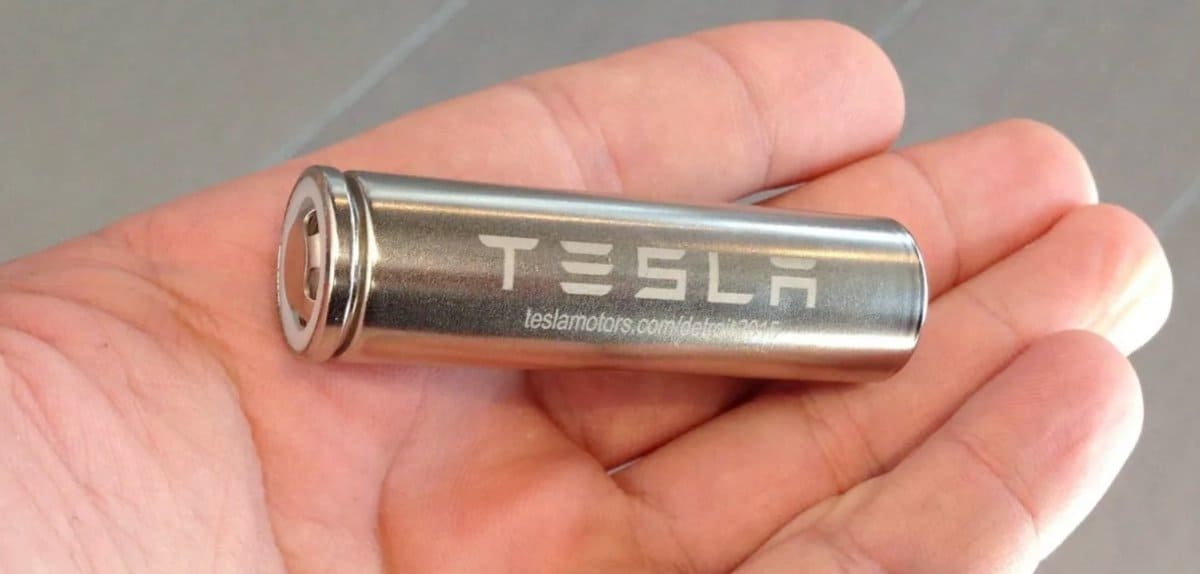Samsung SDI, who already produces some of Tesla’s 4680 battery cells, has recently begun testing new solid-state batteries.
Solid-state batteries are expected to be smaller, lighter, cooler, and safer than current cell formats that are used in electric vehicles. There’s a lot of potential and possibilities in solid-state batteries.
Let’s dig into exactly what these new batteries are, and why everyone seems to fuss all over them on the big news channels every time a company makes an announcement.
Regular Batteries
The biggest thing to understand about solid state battery is how they’re different from regular batteries is terms of materials and design. We’ll dig into regular batteries first, and then get to solid state batteries.
Today, Tesla’s EVs – and EVs in general, use one of two types of batteries – LFP or NMC. LFP batteries are composed of Lithium Iron Phosphate (LiFP on the periodic table), while NMC is composed of Nickle Manganese Cobalt (NiMnCo). Tesla uses LFP batteries in its standard range vehicles, while their longer-range or performance siblings use NMC battery composition.
The biggest difference here is price and performance – LFP has a more stable chemistry and less degradation but also has a lower energy density. Meanwhile NMC performs better, outputs more energy, has a higher energy density, but isn’t as chemically stable and will degrade faster.
These chemical differences also aid with temperatures – NMC batteries perform better in more extreme weather conditions such as extreme cold or extreme heat – much better than their LFP siblings.
Both of these types of batteries also contain a liquid electrolyte – a wet medium that is electrically conductive and enables the movement of the ions in the battery pack, but won’t conduct electricity. So, with all that aside, let’s take a look at what solid state batteries bring to the table.
Solid State Batteries
Solid State Batteries don’t contain that liquid electrolyte. That’s already a huge change – because a large portion of the weight and density increases in regular battery packs actually originate from that heavy liquid. The replacement of that liquid is a stable, solid electrolyte, generally in the form of glass or ceramics.
Essentially, that frees up space and makes it easier to cool the batteries – so much so that solid state batteries today are used in smartwatches and other wearable devices – even pacemakers. In fact, that space saving is so large, that a solid-state equivalent of an LFP or NMC battery would use up 1/10th of the space, with a similar reduction in weight.
Additionally, solid state batteries don’t need all the additional equipment for monitoring, controlling, and cooling the liquid electrolyte – the pack is a solid block that can be cooled similar to a PC part – like a CPU.
The removal of the liquid electrolyte can also improve vehicle safety. We’re sure you’ve been told never to puncture a battery pack – that’s because when the electrolyte is removed, LFP and NMC batteries can experience thermal runaway – they have no way to cool themselves, and this heat reaction spreads throughout the battery, leading to a fire. In addition, the electrolyte tends to be flammable and toxic – making battery fires a truly dangerous, but still rare, phenomenon.
The electrolyte liquid – even though it does the important job of moving the ions around – actually can and will do permanent damage to the components of the battery, causing corrosion or build up over exceptionally long times. That’s exactly how you get battery degradation!
A solid electrolyte solves all these problems. Mostly. Even the solid electrolyte can degrade over time but will last an exceptionally long time. That’s why many companies advertise 20-year lifespans, and with considerable energy density.
Samsung’s recent solid-state breakthrough has them mentioning a 20-year lifespan with 500Wh/kg. Tesla’s newest 4680 cell is 244 to 296Wh/kg right now. Samsung has also mentioned a massive charging speed improvement – 9 minutes. That’s probably a 20% to 80% number, rather than a 0% to 100% number – as charge speeds at the far end of the curve tend to slow down considerably to protect the battery, while exceptionally low states of charge are uncommon.
Where is the Solid State?
We did say we already use solid state batteries elsewhere, like in wearable devices. But why not cars? They’re expensive. In fact, very, very expensive to manufacture at the size and scale needed to power EVs. Tesla and its battery suppliers, including Samsung, CATL, and LG, have been prototyping and working on their own solid state battery projects over the years.
Once they figure out how to scale these up, we could see drastic improvements in vehicle range and longevity, alongside improved charging times. But I wouldn’t expect them to show up right around the corner – it may take several years for engineers and scientists to work everything out, and another few to figure out to mass produce it.

